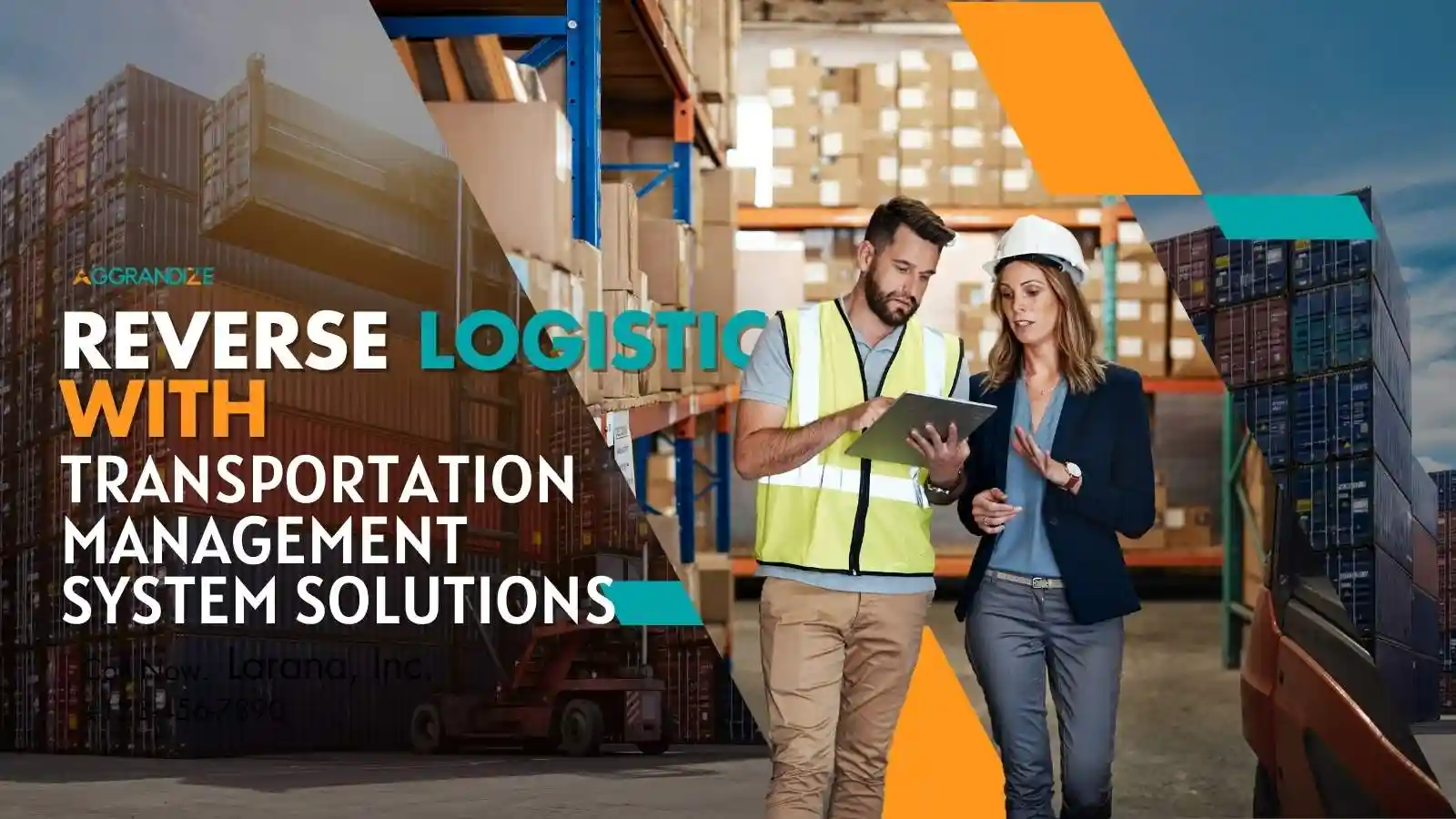Transportation
Reverse Logistics with Transportation Management System Solutions
Date: 04-07-2024
Today's supply chain space is characterized by rapid and continuous changes reverse logistics is one
of the critical supply chain activities. The issue of returns to recycling and disposals is what
companies are increasingly trying to solve by setting up efficient reverse logistics processes. The
blog aims to bring the readers into the concept of reverse logistics and present Transportation Management System (TMS)software solutions as
smart tools to make these activities more efficient.
Reverse logistics is the procedure of
moving commodities back to the seller or manufacturer from their end use for specific reasons like
giving them back, reusing them, or disposing of them.
Reverse logistics efficiency is very
important in cutting down business costs, lowering waste, and satisfying the customers. Along with
the evolution of e-commerce and environmental sensitivity, the requirement for well-thought-out
reverse logistics processes has reached a new level.
Introduction to Transportation Management System
The Transportation Management System (TMS) is a cornerstone of the management of transportation operations in such a way as to include reverse logistics. Through the use of the TMS solutions, businesses can enhance visibility, determine the best routes, and carry out the activity of the inventory of the reverse supply chain in the most optimal manner.
Reverse logistics means that unsatisfactory goods are sent back to distributors or manufacturers from the customers thus involving the total return process. Recycling is one of the stages of the reverse logistics process that no longer requires further processing by a third-party. It also a step which for the cause of the growing trend of product recovery the product is made to go back during utilizing the reverse logistics concept and its challenges.
Reverse logistics is the process of handling returned goods, recycling materials, and disposing of products in an environmentally friendly manner.
Reverse logistics has its own set of challenges such as the high price of the process, the difficulty it represents due to the frequent handling by multiple intermediaries, and the environmental impact if products go to non-certified disposal areas.
A reverse logistics process which is characterized by a solid structure can promote efficient and sustainable transport that give all the benefits of reduced costs, increased customer satisfaction and sustainability.
Role of TMS in Reverse Logistics
Transportation Managing System (TMS) software is equipped with a number of features and
functionalities that can greatly enhance the sustainability and efficiency of reverse logistics by
providing a number of services. TMS is a logistical software that supports companies in the
transportation operations and streamline operations, improve visibility, and enhance decision-making
capabilities.
Transportation Managing System integration with reverse logistics is
facilitated through tools to meet returns efficiently. The process gives rise to increased
logotherapy, and in return, it would be easy to manage and follow returned items.
Through connected devices, TMS provides real-time tracking of returned products. By doing this, companies are assured that they can monitor the status and location of returns at all times.
TMS determines the ideal routes for picking and returning the items. As a result, this not only saves time and fuel, but it also reduces costs.
Contributes to making the records of the returned inventory correct and accurate. This ensures companies that they are aware of what exactly the issues are regarding returned items and can therefore handle them accordingly.
TMS is reducing the costs linked with reverse logistics by optimizing processes. This is achieved through savings made on transportation, labor, and other operational expenses.
Provides valuable data that can be used to improve the reverse logistics process. Companies can use this data to identify inefficiencies and make necessary adjustments.
Reverse logistics benefits business processes by streamlining the supply chain and the use of TMS for reverse logistics is one of the most automated processes today that can lead to a plethora of advantages for businesses.
Adoption of TMS software to simplify and make the process of the activity even more rapid and accurate.
Eliminating expenses and losses by reworking reverse logistical and Pallone issues with the use of global trade management software.
Offering each client an easy and short process to return the products they bought in case they need to.
Conclusion
Without a doubt, reverse logistics is vital in the supply chain management system these days, and employing TMS solutions like ZEALIT TMS can result in the success of the operational efficiency and cost-saving processes. Companies are being advised to check out the ZEALIT TMS software solution that will help them in stabilizing their reverse logistics and important overall success in their supply chain. Management.